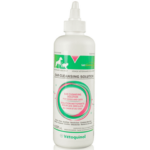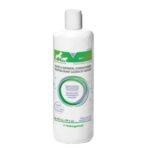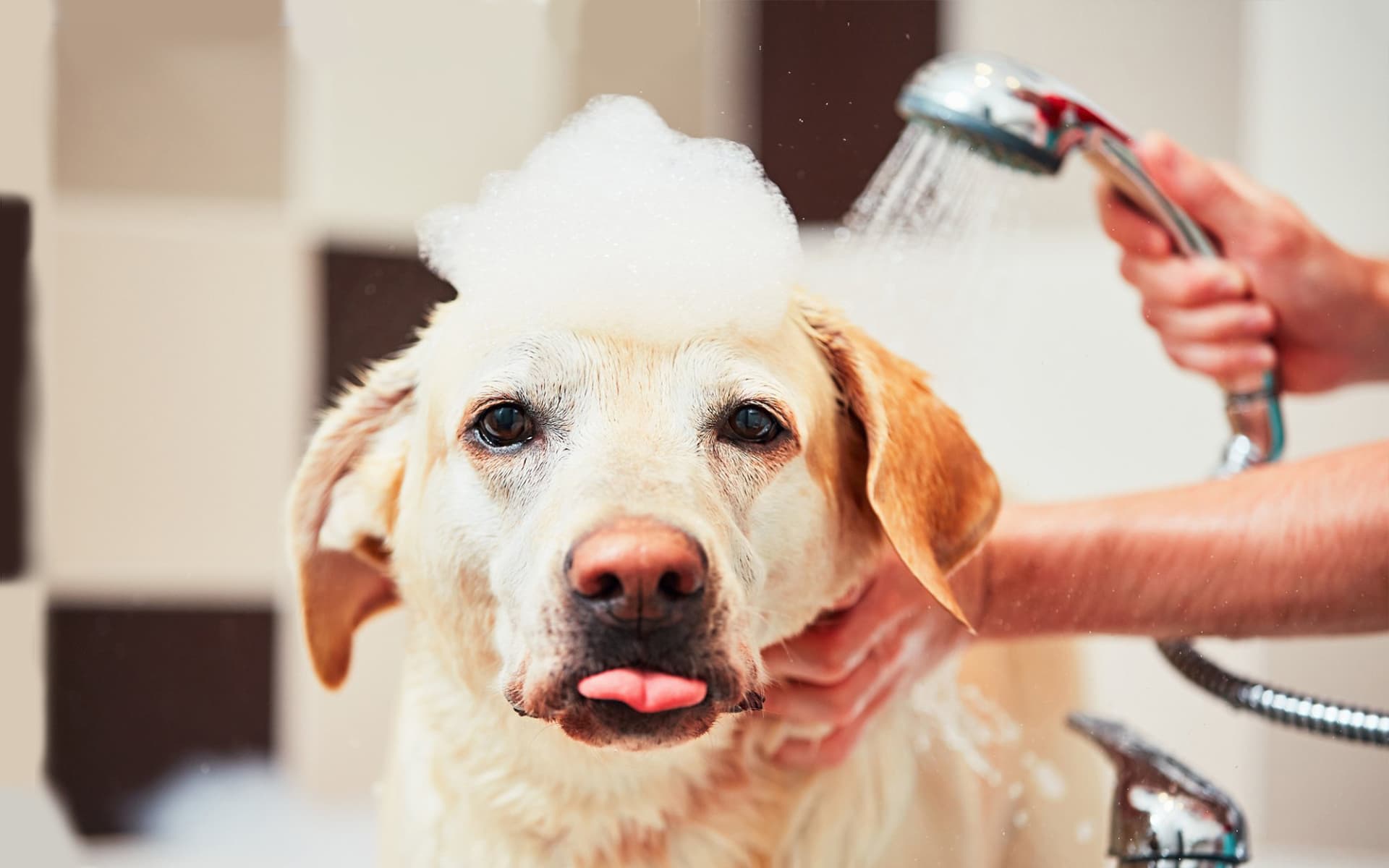While outdoor cats can appear brave and resilient, they may also hide their pain or symptoms when suffering from exposure. During the winter, is it safe to let your cat play outside? Here are some guidelines to help with your decision and a few recommendations to help protect your pet from the cold.
How cold is too cold for an outdoor cat?
As soon as temperatures drop below freezing (0 °C), a cat without a warm place to retreat is at risk of suffering from hypothermia and frostbite. When a cat’s body temperature becomes too low, the central nervous system is compromised and it gets more difficult for the heart to pump blood throughout the body. As extremities lose blood flow, frostbite sets in. The longer the cat is exposed to the elements, the more challenging it can be to get back to safety.
Watch out for snow, sleet and rain
Hypothermia could be a danger even when it’s “not that cold”. A cat’s fluffy fur acts as insulation against the wind and low temperatures, trapping the body’s heat and keeping the animal warm. When this furry coat gets wet—due to snow, sleet or rain—, it becomes matted and loses its efficiency. During the winter, avoid letting your cat outside in such weather.
Make sure your outdoor cat has proper identification
Cold weather can make it more difficult for your cat to track the scent back home. If they get lost, a safety collar with a proper ID tag will let people know who to call. For maximum safety, make sure your pet is micro chipped: even if they lose their collar, a veterinarian or an animal shelter will still be able to contact you.
Build a winter cat house
What if your cat runs off just as you’re leaving for work in a cold morning? Or if they don’t come back before you go to bed? Make sure your furry friend can always retreat to a safe and warm place by building an emergency shelter. You can purchase a small doghouse or simply cut an opening in a large plastic container. Your winter cat house should be waterproof, elevated off the ground and fitted with warm blankets. Check it regularly in case stray cats and other unwelcome guests move in!
If your cat enjoys staying outdoor for a long time, consider equipping their shelter with a reliable water source that won’t freeze, like a solar-powered water bowl, to make sure your pet is properly hydrated.
Inspect your outdoor cat when it comes back
Make a habit of thoroughly examining your cat when he returns from his winter adventures. Check ear tips, nose and toes for frostbite, which shows as a change in colour. Rub your cat with a dry towel to get rid of any snow clinging to its fur and paws, especially between the toes. Your cat will likely want to groom himself, and may end up licking rock salt, which can be poisonous.










